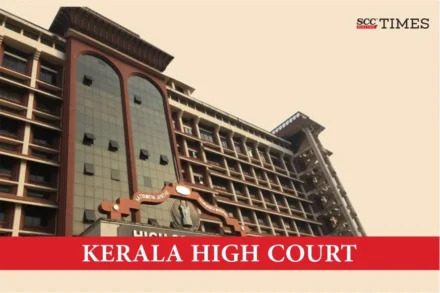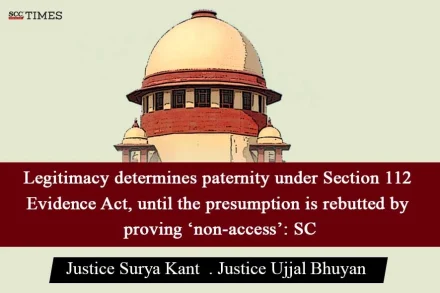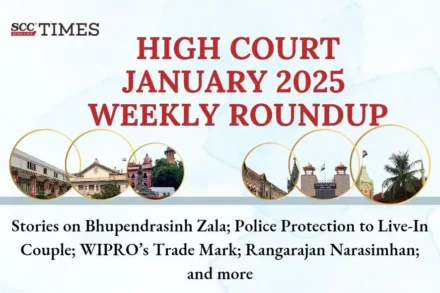
Wife’s temporary job will not disentitle her to claim maintenance from husband, if income from said job is insufficient for her maintenance: Kerala HC
“The test is whether the wife is able to maintain herself more or less in the status, in which her husband has maintained her. The wife is entitled to live the same standard of life as she lived along with the husband.”





